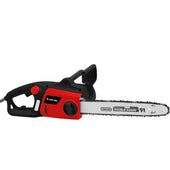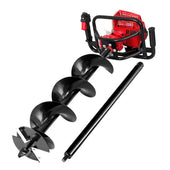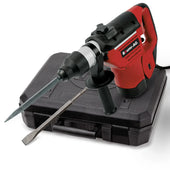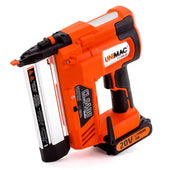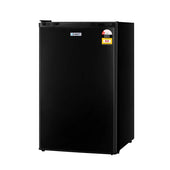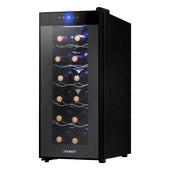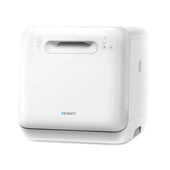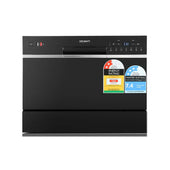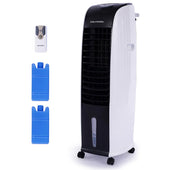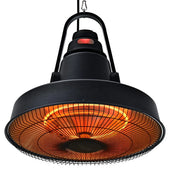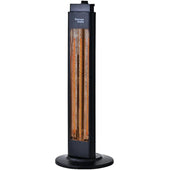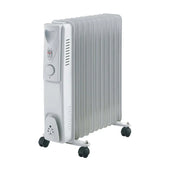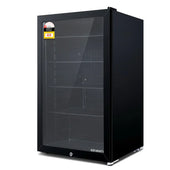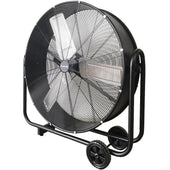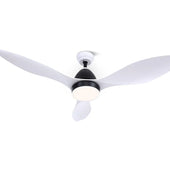The Humble Beginnings: A Brief History of the Computer Mouse
The computer mouse traces its origins to 1964, when engineer Douglas Engelbart invented the first prototype. Constructed from wood and featuring a single button, this device was designed to improve interaction with early graphical user interfaces. Its name derived from the cord’s resemblance to a tail, gaining recognition at the 1968 “Mother of All Demos," a groundbreaking tech presentation.
As technology advanced, manufacturers adopted rolling ball mechanisms for smoother movement. By the 1980s, companies like Xerox and Apple started mass-producing mice, making them staples for personal computers. This innovation laid the foundation for future ergonomic and optical designs.
From Mechanical to Optical: A Technological Revolution
The computer mouse originally relied on mechanical components to translate movement into input. Early designs featured a rubber-coated ball that rolled across surfaces, detecting motion through internal sensors. During Days, while innovative, these devices were prone to wear and accumulated debris, requiring regular maintenance for smooth operation.
The advent of optical technology revolutionised the design. Optical mice eliminated physical moving parts, replacing the ball mechanism with an LED or laser for tracking. By using light to detect movement, these devices offered greater precision and required less upkeep. Modern optical variations operate effectively on diverse surfaces, further enhancing usability.
This transition reshaped the mouse industry, driving advancements in efficiency and durability.
Wireless Freedom: The Era of Cordless Mice
The advent of cordless mice transformed the way users interact with their computers, eliminating the physical restraints of cables. Early wireless mice relied on infrared technology, requiring direct line-of-sight with a receiver, yet advances in radio frequency made them more versatile. Modern iterations utilise Bluetooth or 2.4 GHz RF connections, delivering seamless pairing and reduced latency. Batteries remain either replaceable or rechargeable, with energy-efficient models extending usage time significantly.
Wireless mice offer enhanced portability, making them ideal for laptops and remote setups. Gamers benefit from options designed with ultra-low latency for high performance. Transitioning to cordless mice represents a pivotal milestone in ergonomic and user-centric design.
The Rise of Gaming Mice: Precision and Performance Redefined
Gaming mice have revolutionised the way players interact with their favourite titles, prioritising precision and performance above all. Unlike traditional mice, gaming variants emphasise responsiveness through adjustable DPI (dots per inch) settings, allowing users to tailor sensitivity to their preferences. Ergonomics play a vital role, with designs suited for extended gaming sessions.
Gaming mice often include:
- Customisable buttons: Programmable keys to streamline actions.
- Advanced sensors: Optical or laser sensors for enhanced accuracy.
- RGB lighting: Personalised aesthetics complementing setups.
Features such as onboard memory and software integration offer unparalleled control, enabling users to save profiles and tweak settings effortlessly, ensuring seamless adaptability across games or tasks.
Ergonomics Matter: Designing Mice for Comfort and Health
Ergonomics in computer mice design prioritises user comfort to prevent strain and long-term health issues. Prolonged mouse usage can lead to problems such as carpal tunnel syndrome, repetitive strain injuries, and muscle fatigue, making ergonomic considerations critical for modern designs.
Design features include:
- Curved Shapes: Adapted to fit natural hand contours for a better grip.
- Customisable Buttons: Allowing users to maintain a neutral wrist position.
- Material Choices: Soft-touch finishes and non-slip textures enhance control.
- Adjustable Angles: Vertical mice reduce wrist twisting, promoting natural hand alignment.
By integrating these features, ergonomic mice cater to diverse needs while improving user well-being.
Customisable Buttons and Features: Enhancing Productivity
Modern computer mice evolve beyond basic functionalities, offering customisable buttons and features tailored to user preferences. These buttons can be programmed to execute specific commands, ranging from simple tasks like cut-and-paste operations to complex macros, streamlining workflows.
Customisation enhances productivity by reducing reliance on keyboard shortcuts, fostering quicker transitions between tasks. Features such as adjustable sensitivity and DPI settings allow users to optimise cursor precision for varying requirements, whether gaming or graphic design.
Some models integrate additional controls, including side buttons or scroll tilt functions, catering to specialised applications. Customisation empowers users with greater control and efficiency, adapting devices to unique work habits and preferences.
Trackpads, Trackballs, and Alternatives: Do We Still Need Mice?
As computer interfaces evolve, alternatives like trackpads and trackballs have gained traction. Trackpads, integral to most laptops, offer multitouch gestures, enabling seamless navigation without additional peripherals. Trackballs, while less common, cater to niche users with limited desk space or ergonomic needs; they rely on a stationary design that reduces wrist strain.
Other innovations include pen tablets for graphic designers and air mice that function with hand movements. Eye-tracking devices and touchscreens further diversify input methods. These options challenge traditional mice by addressing specific user requirements, highlighting how personal preferences and professional applications now shape device choice.
The Role of Software: Drivers and Configurations for Modern Mice
Modern computer mice rely heavily on software to unlock their full potential. Manufacturers provide drivers and dedicated software that facilitate customisation, enhance functionality, and enable seamless integration with operating systems.
Key Features Provided by Mouse Software:
- Customisable Buttons: Users can map shortcuts, macros, or specific tasks to individual buttons.
- Adjustable DPI Settings: Software allows fine-tuned control over sensitivity, catering to diverse use cases like gaming or graphic design.
- Profiles and Memory: Some mice let users save profiles for different activities, accessible across devices.
- Lighting Control: RGB lighting can be personalised, synchronised with other peripherals, or tailored to individual preferences.
Equally, these drivers ensure compatibility and deliver firmware updates, guaranteeing stability and extending product longevity.
Sustainability in Design: Eco-Friendly Innovations in Computer Mice
Manufacturers are increasingly focusing on sustainable practices in designing computer mice. By integrating eco-friendly materials, they aim to reduce environmental impact while maintaining durability and functionality.
- Recycled plastics: Many brands utilise post-consumer plastic waste to create mouse casings.
- Biodegradable materials: Innovative designs incorporate bamboo or bioplastics, promoting sustainable decomposability.
- Energy-efficient designs: Devices with optimised power consumption lower electricity usage significantly.
Some companies also adopt carbon-neutral manufacturing processes and minimalist packaging to further green their operations. These advancements highlight the growing commitment to reducing tech waste without compromising usability.
The Future of Interaction: AI, VR, and Gesture-Controlled Devices
Advancements in technology are reshaping how individuals interact with computers. Artificial intelligence (AI) offers predictive functionalities, making devices smarter and more intuitive. Virtual reality (VR) creates immersive environments, allowing users to experience digital spaces in three dimensions. Gesture-controlled devices eliminate the need for physical peripherals, relying on sensors to track hand movements and perform commands.
The integration of AI enhances adaptability, while VR bridges the gap between physical and digital worlds. Gesture recognition complements these innovations, promoting seamless interaction. Such technologies signal a paradigm shift in user experience, pushing beyond traditional input mediums like computer mice.
How to Choose the Right Mouse: Must-Have Features for Your Needs
Selecting the ideal mouse involves understanding the specific features that cater to different requirements.
- Ergonomics: Ensuring comfort is crucial, especially for prolonged use. Opt for an ergonomically designed mouse to minimise hand fatigue.
- DPI Settings: Adjustable DPI (dots per inch) is essential for precision. Gamers may prefer a high DPI, while casual users benefit from moderate settings.
- Wired vs Wireless: Wireless mice offer mobility but require charging or batteries, while wired options ensure a consistent connection.
- Programmable Buttons: A must for gamers or professionals needing custom shortcuts.
- Customisable Weight: Adjustable weight can improve control and comfort.
Pay attention to compatibility and ensure the mouse pairs seamlessly with the system for optimal performance.




